How Light Affects
Interior Wall Paint Colors
Ready to start choosing interior wall paint colors? Find out how the natural and artificial lighting of a room can affect your paint color choices.
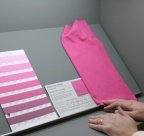
Choosing interior wall paint colors is a matter of personal taste. But have you ever picked a wall color you really liked only to be disappointed when the room was finally painted?
One of the reasons the color looked different on the walls might have been the affect of lighting sources.
You see, there is a phenomenon called Metamerism that affects how the same color looks in different lighting. You've probably noticed how the color of your walls changes during the day - that's Metamerism at work.
Interior Wall Paint Colors and Artificial Lighting
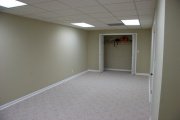
Warm paint colors can look really dull under fluorescent lights (which usually give off a greenish tinge).
Luckily, you can now buy fluorescent lights with a pinkish tinge, which is a more color friendly choice. Such lights will make warm colors look "happier", and soften cool colors.
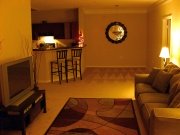
Incandescent light bulbs produce a yellow warm light, which dulls cool colors and enhances warm ones.
And here's something to keep in mind if you are going to use tinted light shades in the room: the color of the light will either intensify the wall paint color (if it's from the same color family), or dull it (if it's a complementary color).
Interior Wall Paint Colors and Natural Light
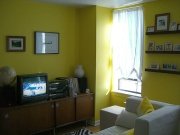
If the windows of your room face North, the natural light will add blue to the wall paint colors.
Eastern exposure adds green. A green lawn in summertime and evergreens in the winter can also cast a green light and affect your interior paint colors.
Both Northern and Eastern light will turn all pale warm hues into sickly shades. To combat this un-flattering bluish or greenish light, choose deep warm tones like yellow, orange or red. For the best results, you will need to go for a more vivid shade than you normally would.
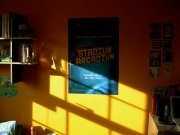
Southern light can really wash out many colors and make them look faded.
West adds orange and will make already warm colors look more saturated. If you are planning to paint your west-facing room a shade of yellow, orange or red, be very careful - your color will look like it's on fire in the afternoon and early evening!
Natural light drastically affects interior wall colors. For example, a color can look great in your living room, but when you use it to paint your bedroom, it looks totally wrong there. Now you know why - the rooms face different directions and are affected by natural light differently.
So what's the solution to choosing interior wall paint colors? It's testing, testing, testing. Before you start painting, buy paint samples and test the color against all 4 walls in the room. Live with the color for a couple of days, view it at different times of the day, both in natural and artificial lighting. See how you like it, and tweak it if needed (go a shade darker or lighter, more saturated or subdued).
Decide when you will be using the room the most - in the morning, daytime or evening? Then settle on the shade that looks good at that time of the day. Don't cut corners, follow this process - if you don't want to re-paint the room a week later.









Leave a Comment: